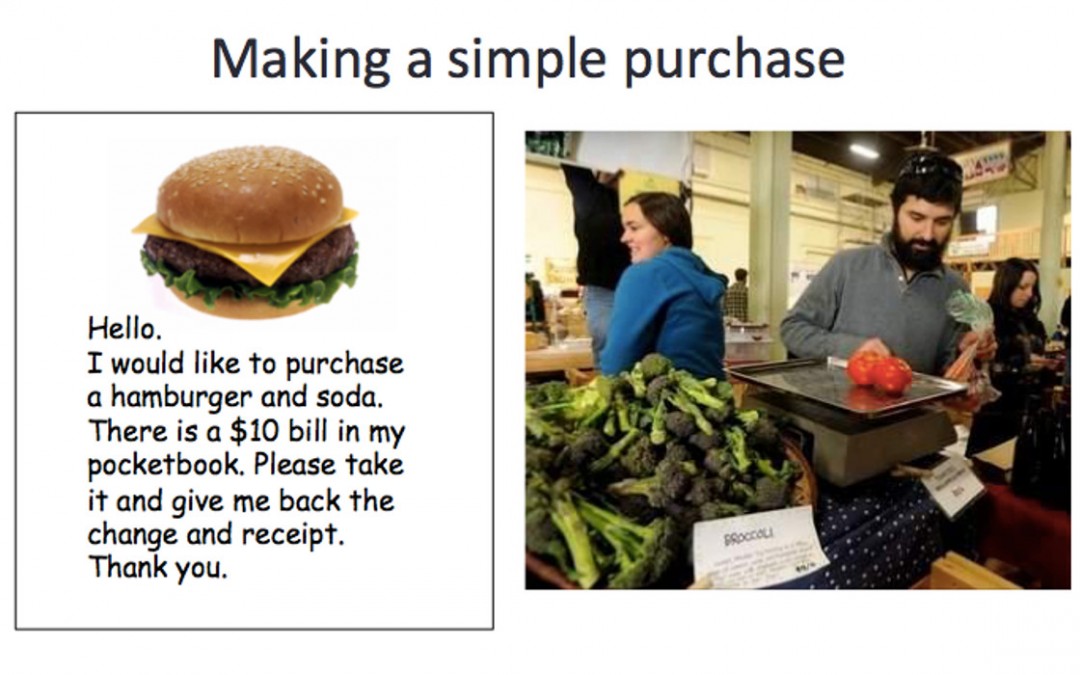Contemporary Approaches to Intervention

Community Request Cards
Community request cards are small, portable cards that can be used in one’s community to access goods and services.
Communication Passports
Communication passports are meant to quickly and effectively communicate “need to know” information for individuals who cannot easily speak for themselves.
Treatment and Education of Autistic and Communications-Handicapped Children (TEACCH)
The TEACCH autism program is a treatment and educational philosophy that promotes individualized support for individuals with Autism Spectrum Disorders (ASD) by creating activities and environments that emphasize meaningfulness.
Picture Exchange Communication System (PECS)
The Picture Exchange Communication System, or PECS, is an AAC system that aims to focus on the initiation component of communication.
Lindamood Phoneme Sequencing® (LiPS) ® Program for Reading, Spelling, & Speech
Lindamood Phoneme Sequencing (LiPS) is a multi-sensory process-based intervention program that aims to improve fluency by developing phonemic awareness.

![[feed link]](/wp-content/plugins/rss-just-better/rss-cube.gif)